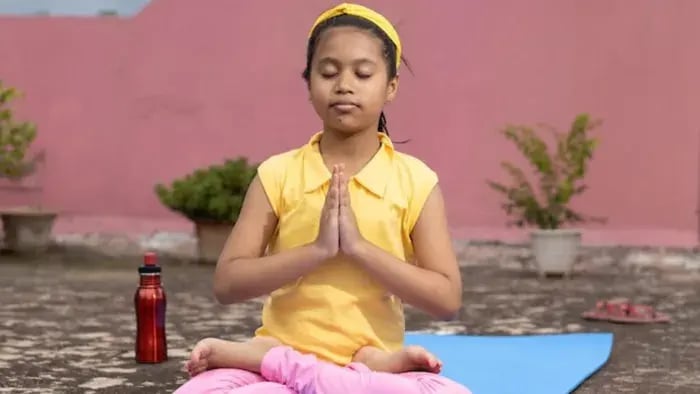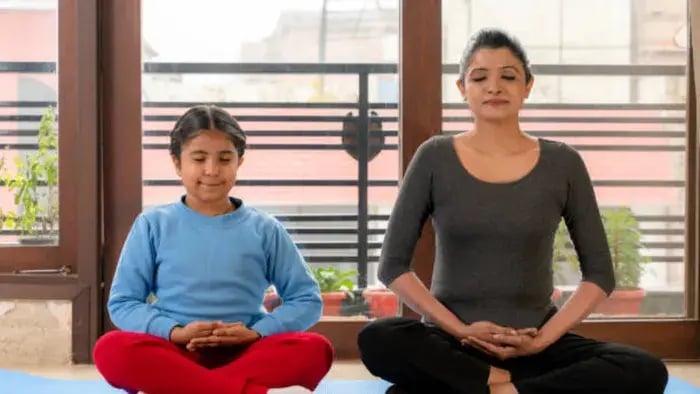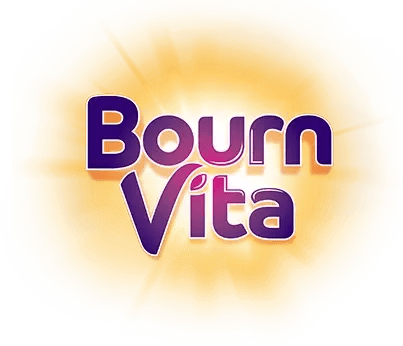- Enhanced Focus
- Regular Attendance
- Helps Build a Routine
- Better Sleep Quality
- Enhanced Critical Thinking Skills
- Higher Self Confidence
- More Energy
- Fewer Chances of Diseases
Introduction
Children grow up in a world that's moving at breakneck speed. Schoolwork, screen time, social activities, and constant change can be overwhelming for young minds. That's where mindfulness comes in. Mindfulness is about being fully present in the moment. Noticing what you feel, see or hear, without judgment or rushing, just as it is.

For kids, mindfulness isn't about sitting still for hours or meditating for ages. It's about taking those deep breaths, listening to soft sounds, or focusing on their heartbeat. Those small activities help calm them down, manage their emotions and concentrate better in school and at home.
Mindfulness helps kids develop emotional awareness. They become more patient and understanding when they learn to pause and breathe before reacting. And that's something they can use every day. Whether your child feels anxious before a test, upset after a busy day or just needs help winding down at night, simple mindfulness exercises can gently guide them back to a calm and focused state.
Parents can join in on that too, practicing together, even just for a few minutes a day, builds trust and shows kids that calmness is something you can create. You don't have to wait for it to happen. With regular practice, mindfulness becomes a tool that sticks with them as they grow.
Simple Mindfulness Activities for Kids to Boost Focus and Calm
Deep Breathing with Counting
Ask your child to sit comfortably, close their eyes if they wish, and take slow breaths, in through the nose and out through the mouth. You can guide them by counting: “Breathe in… 1, 2, 3… hold… and breathe out… 1, 2, 3, 4.” Repeat this a few times. You can make it fun by calling it “balloon breathing” or “cloud breathing.” This simple activity helps slow things down and makes your child feel more peaceful.
Mindful Listening
Sit quietly with your child for one minute. Ask them to close their eyes and listen to the sounds around them, the clock ticking, birds outside, a fan, or footsteps. After a minute, talk about what you both heard. This exercise helps children become more aware of their surroundings and teaches them to pay attention with care.
Mindful Drawing or Coloring
Give your child blank paper and crayons, pencils, or sketch pens. Ask them to draw slowly, not to create anything perfect, just to enjoy the motion of coloring or making patterns. You can even play calm background music. Mindful drawing isn’t about results; it’s about helping your child focus gently on what they’re doing, without rushing.
Gratitude Moments
Before bed or during dinner, ask your child to name one thing they are thankful for that day. It could be something small, like a nice lunch, a kind friend, or a fun game at school. Talking about gratitude helps children shift their focus from what’s going wrong to what’s going well. Over time, this practice builds a more positive mindset.
Mindful Walking
You don’t need a big space, even a few steps at home can work. Ask your child to walk slowly, paying attention to each footstep. How does the floor feel? What happens to their breath as they move? This mindful walk helps children slow down and become more aware of their body and space.
Body Scan Relaxation
Ask your child to lie down or sit comfortably. Guide them through a body scan by saying: “Let’s relax your toes… now your legs… your hands… your face…” Speak slowly and gently. This helps release tension and is especially good before sleep or after a tiring day. You can also use audio recordings for guided relaxation.
Mind Jar or Glitter Bottle
Take a clear bottle, fill it with water and glitter glue or loose glitter. Shake it up and hand it to your child. Ask them to watch the glitter swirl and settle. It’s a calming visual reminding children that strong feelings settle with time. You can also use this moment to practise breathing while watching the glitter.
Positive Affirmations
Help your child come up with a few positive phrases like “I am calm,” “I can do it,” or “I am safe.” Let them repeat these quietly or say them aloud in front of a mirror. You can even write them on small notes and stick them on the wall. These affirmations encourage confidence and self-soothing.
Mindful Pause During the Day
Teach your child that it’s okay to take a mindful break when things feel too fast or too loud. Just a few minutes to breathe, stretch, or sit quietly can reset the mood and restore focus. Encourage them to pause before reacting, especially during arguments or stress — it builds patience and emotional control.
Conclusion

Mindfulness doesn’t need special tools or extended sessions. It can be part of your child’s everyday life, during play, meals, study time, or bedtime. These small moments of stillness and awareness help children feel calmer, think more clearly, and understand their emotions better. Practicing alongside them also becomes a meaningful way to connect, support, and grow together.
Her love for storytelling began with reading her grandfather’s speeches, where Tarishi saw the power of words in creating lasting memories. Combining her passions for food and writing, she has turned her life into a fulfilling path of sharing stories that celebrate flavours and how food brings communities together.
The views expressed are that of the expert alone.
The information provided in this content is for informational purposes only and should not be considered a substitute for professional medical advice, diagnosis, or treatment. Always seek the advice of your physician or another qualified healthcare provider before making any significant changes to your diet, exercise, or medication routines.
















